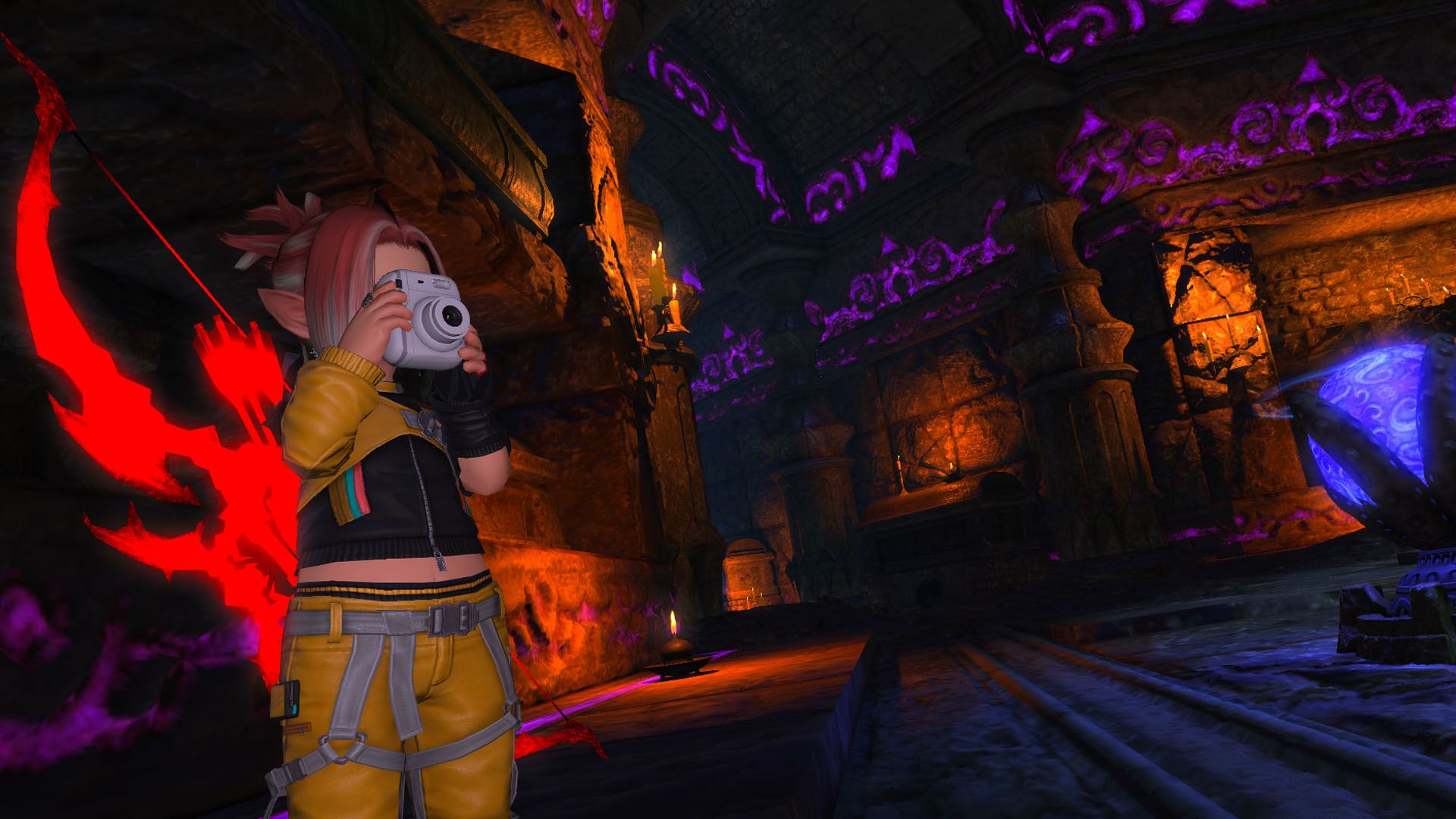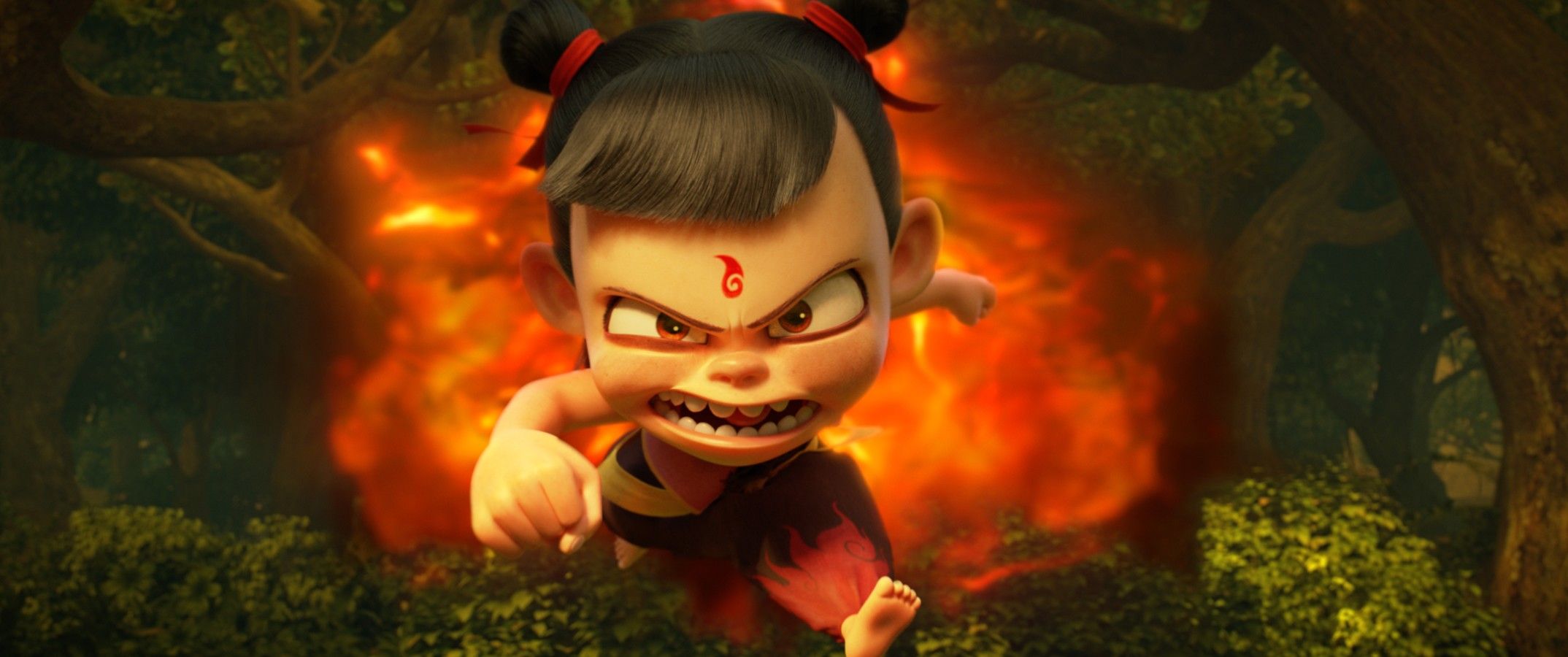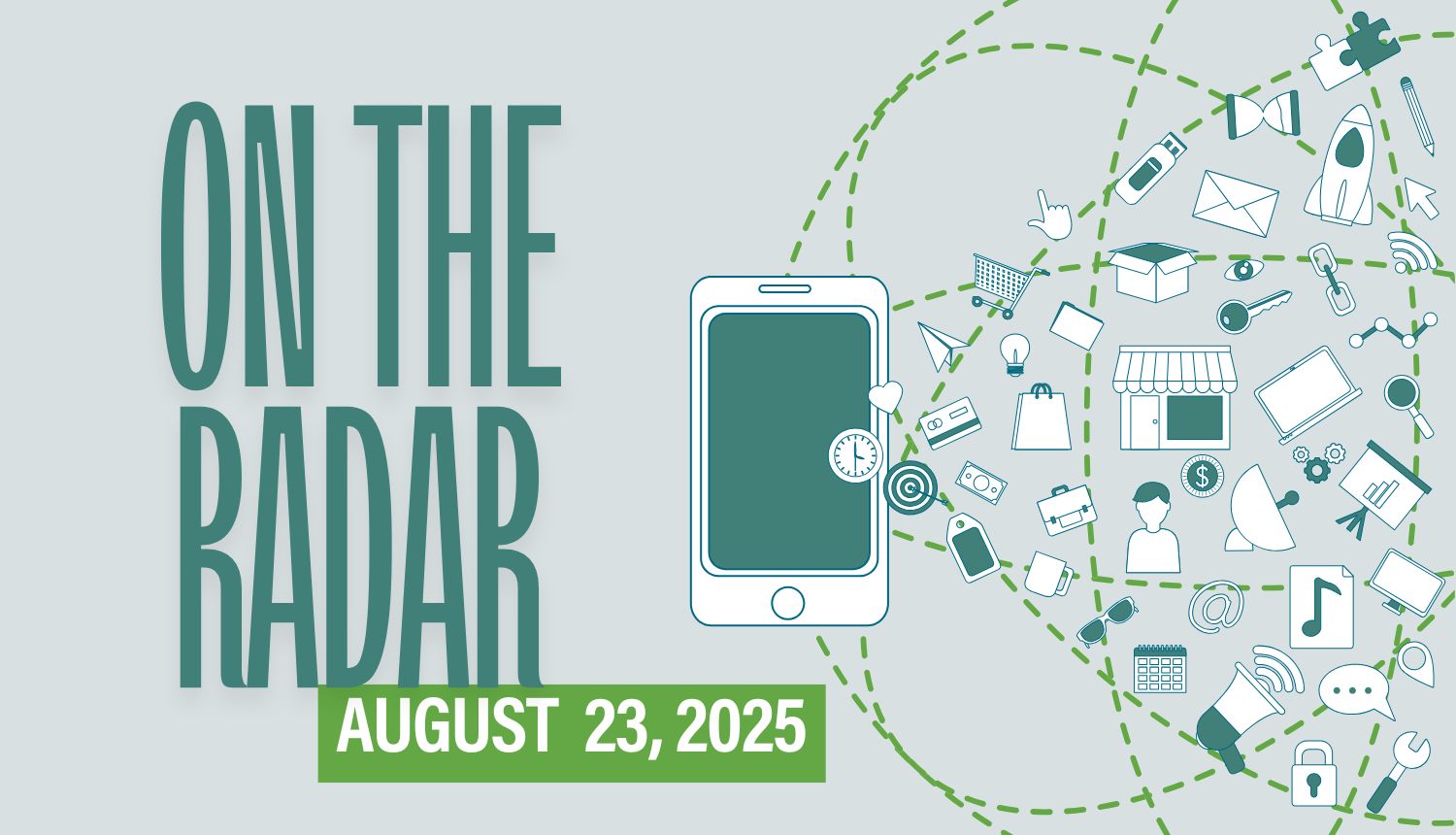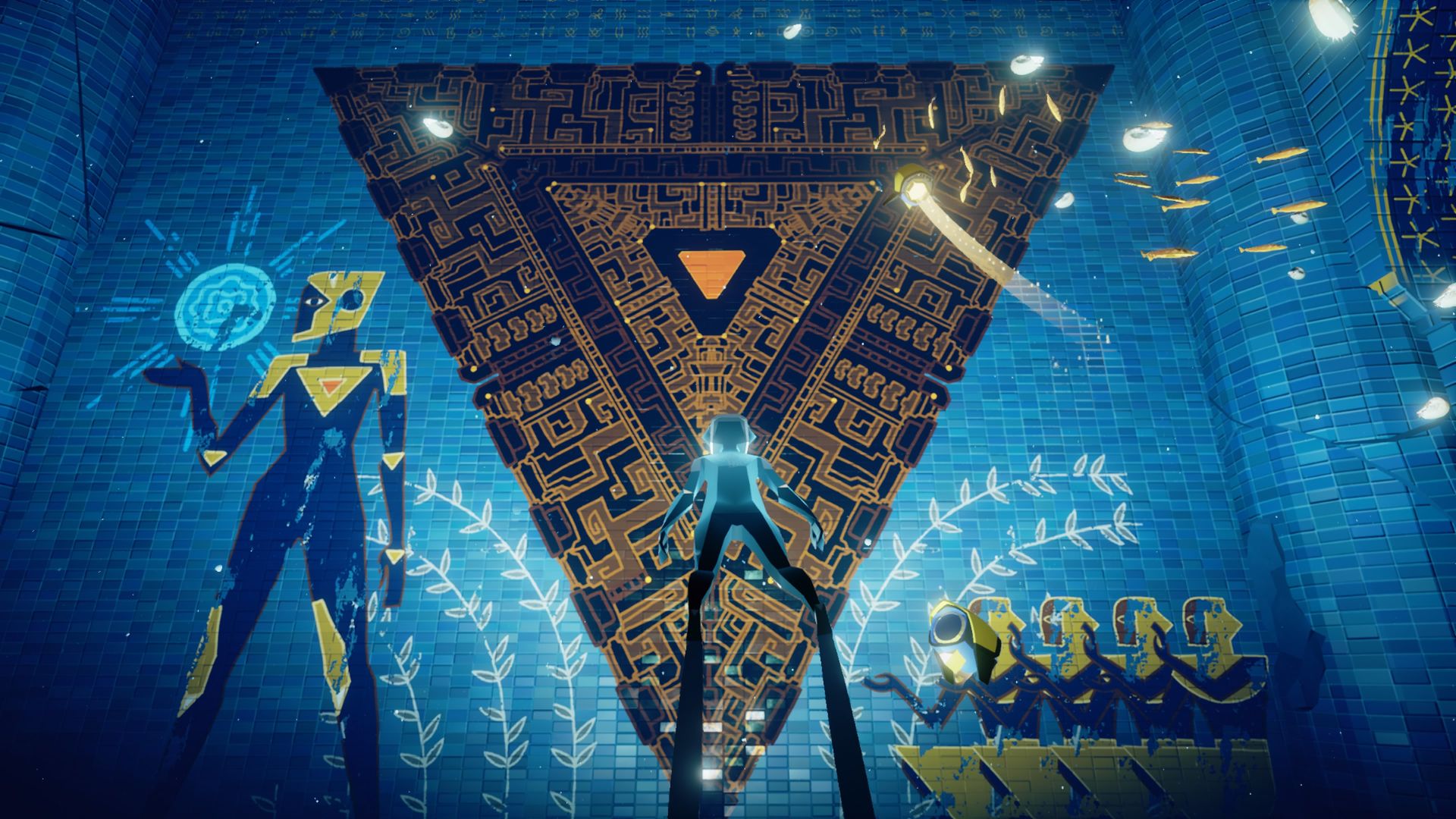The Royal BC Museum exhibits a recreation of the house of Chief Kwakwabalasami, the late Jonathan Hunt, a Kwakwaka’wakw chief in the community of Tsaxis, near Fort Rupert, B.C. The house was restored by his grandson, artist Richard Hunt.Shane Lighter/Royal BC Museum/Supplied
The tourists who flock to Victoria every summer are often fascinated by the historic objects created by First Nations in British Columbia: the totem poles, the house fronts and the masks that are the jewels of the province’s museum collections. Visiting the Royal BC Museum, they may feel let down – the showstopping Totem Hall was closed in 2022 – or delighted by an exhibit about Indigenous languages and the Jonathan Hunt House, the recently restored longhouse of a Kwakwaka’wakw chief.
“Many tourists come to the Royal BC Museum to see Indigenous culture,” museum director Tracey Drake said in a recent interview. “There has been some disappointment. We have tried to counter that.”
After the cancellation of a $789-million building project in 2022 and several missteps in plans to “decolonize” its collections, the museum is in the midst of a major reset. It remains popular with visitors, welcoming more than 600,000 in 2024-25, and is beginning the painstaking work of creating new displays of Indigenous belongings with the consent of First Nations. It is also building a new suburban research and storage facility that will be accessible to the public. Meanwhile, the provincial government, which shelved controversial plans to close the museum for eight years for a complete rebuild after public outcry, is at least paying for some desperately needed maintenance at the downtown site.
“The infrastructure issues still exist: We still have seismic issues, we have asbestos,” Drake said.
B.C. researchers confirm footprints of three-toed dinosaur with club-like tail
Terry Fox memorabilia collection finds new home at Royal BC Museum
The museum, which had closed both its B.C. history display and its First Peoples Gallery in preparation for the rebuild, is making do. The popular Old Town history gallery did reopen in 2023 with updated signage, but there is no timeline for reopening a First Nations gallery. That is because of the work involved in ensuring all displays have the consent of the nations represented, a requirement of the United Nations Declaration on the Rights of Indigenous People (UNDRIP), which B.C. enshrined in law in 2019, two years before the federal government. Staff at the museum describe a painstaking process of both researching claims made for the repatriation of Indigenous belongings and ensuring continuous community consultation.
“You have to move at the pace of the community,” said Kevin Brownlee, the museum’s curator of Indigenous collections, who oversees about 15,000 belongings. (The museum also holds more than 300,000 Indigenous archeological objects and does not include human remains, now simply referred to as ancestors, in these numbers.)
The Royal B.C. Museum is building a storage and research facility in Colwood, B.C. that will allow the public to observe conservators at work.Michael Green Architecture/Supplied
Brownlee said each repatriation case is different and depends on whether an individual community wants an object physically returned or simply acknowledged as its property and held in safekeeping. It is up to individual communities to decide if a repatriation should be publicized, but the museum has been involved in several high-profile examples recently. In July, the Gitxaala Nation celebrated the return of 23 objects to be displayed at the nation’s Language and Culture Office at Lax Klan, on Dolphin Island near Prince Rupert, while a Nuxalk pole was ceremoniously returned to Bella Coola in 2023.
The 2021 report of a provincial investigation commissioned by the museum found it guilty of racism, but recent increases in visits and repatriation claims suggest to both Brownlee (who is part Cree) and Drake that First Nations are increasingly trusting of the institution. (The report upheld accusations made by Lucy Bell, the museum’s inaugural head of Indigenous collections and repatriation, who left in 2020 decrying racist comments, insensitivity and micro aggressions in the workplace.)
“It’s deliberate work, it’s slow work but it’s meaningful,” Drake said, explaining why the community-led rethink of the Indigenous displays has no set timeline.
On the other hand, the new PARC campus – that stands for provincial archives, research and collections – is slated to open next year, providing much needed storage. It is located in suburban Colwood, about 15 kilometres west of downtown Victoria, and will include several public spaces with glass walls that will allow visitors to watch conservators and researchers at work. The building, designed by Michael Green Architecture, uses mass timber and ramped earth walls made of local soil.
The museum holds seven million artifacts, including more than 300,000 Indigenous archeological objects.Michael Green Architecture/Supplied
The museum holds seven million artifacts – including millions of scientific specimens – and storage is a perennial problem that the new campus will address, securing collections that are currently held in the downtown building, which has not been renovated since it opened in 1967.
“We are doing the best we can with what we have,” Drake said, but later added: “As we look to the future, we are going to need a new provincial museum.”











